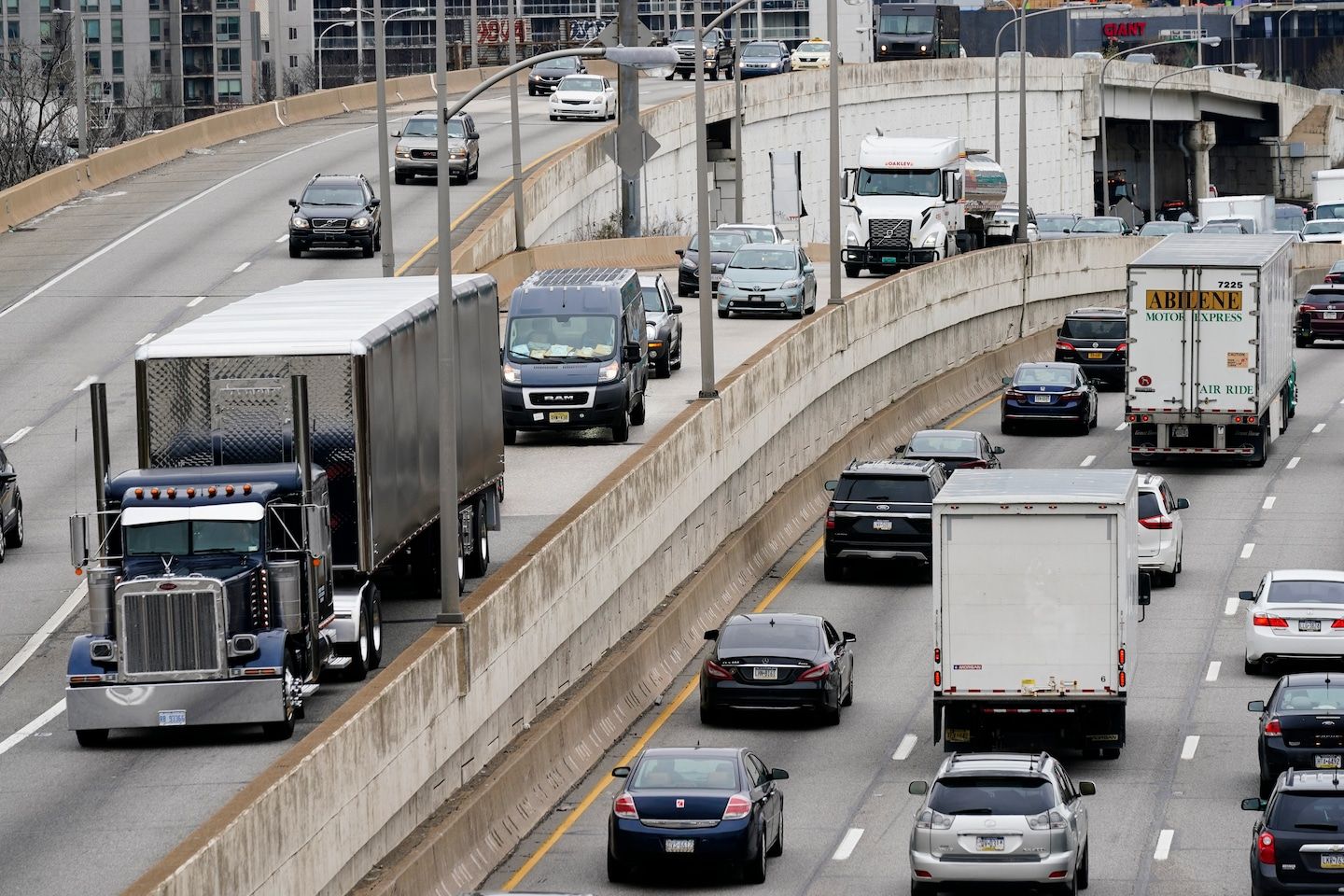Biden administration expands automatic braking system proposal for trucks
Listen 4 min Comment on this story Comment Gift Article Share
The Biden administration announced a proposal Thursday to require automatic emergency braking systems for heavy vehicles, which safety advocates consider a long-awaited effort in preventing traffic-related fatalities. Wp Get the full experience. Choose your plan ArrowRight The proposed rule would require the system on heavy vehicles weighing more than 10,000 pounds, as well as other types of large trucks. Officials also proposed amending Federal Motor Vehicle Safety Standards to require heavy vehicles to have electronic stability control systems, which help stabilize vehicles that have veered off their intended paths.
Stability control systems are crucial for automatic braking systems to properly function, said Ann Carlson, chief counsel for the National Highway Traffic Safety Administration. She said both systems, if installed on all vehicles, could prevent an estimated 19,118 crashes and prevent 8,814 nonfatal injuries annually.
Advertisement
Thursday’s announcement from the Transportation Department is the latest change the agency has unveiled in recent months to reevaluate vehicle standards. Last month, the administration proposed that new cars be built with automatic emergency braking systems (AEB), which are aimed at preventing high-speed crashes.
“These deaths are preventable, and AEB is one tool that will help us prevent these deaths,” said Robin Hutcheson, administrator of the Federal Motor Carrier Safety Administration. “Nobody should have that empty seat at the dinner table.”
Automatic emergency braking systems detect when a collision will occur, then automatically respond by activating the vehicle’s brakes before impact. The technology switches on if a driver hasn’t applied the brakes or has not applied enough braking force to prevent an impact.
Advertisement
The technology already is standard on many new cars.
Last year, the Insurance Institute for Highway Safety said 15 out of 20 automakers nationwide had AEB systems on at least 95 percent of their vehicles. General Motors said last month the technology will be standard on 98 percent of its 2023 models.
Advocacy groups have long called for AEB technology to be standard across all vehicles.
Zach Cahalan, executive director with the Truck Safety Coalition, a national group that advocates truck-related crash prevention, said he considers the existing voluntary system among vehicle manufacturers to be lacking compared with vehicle standards across the world, including the European Union.
“It’s totally inadequate,” he said. “Saving lives can’t be voluntary, and there is no compelling reason to make that a voluntary decision up to manufacturers and carriers.”
Advertisement
A rise in road deaths, with nearly 43,000 people killed on U.S. roads last year, has elevated those concerns, Cahalan said. Road safety advocates have been alarmed at the pandemic-era increase in deaths, after about 36,000 fatalities in 2019.
About 4,700 people died in crashes involving large trucks in 2021, a 17 percent increase from the previous year, according to Insurance Institute for Highway Safety data. Those numbers include fatalities involving truck drivers, car and passenger vehicle motorists, cyclists, and pedestrians, the nonprofit said.
Although the Obama administration negotiated the deal among 20 automakers for AEB on a voluntary basis, federal officials said Thursday the increase in crash deaths requires a heavier hand.
The standard set by Obama-era regulations required that automatic brakes be able to slow a vehicle at least 10 mph before impact. However, NHTSA said last month those metrics need to be updated because they don’t align with the average speeds at which most serious crashes occur.
Advertisement
Joan Claybrook, a former NHTSA head under the Carter administration, compared the decision to when air bags were standardized on passenger vehicles in the 1990s.
“This is as important as that,” she said.
A 60-day comment period on the rule will begin once the Federal Register publishes the proposal, which officials expect to happen early next month. The government hopes to finalize the rules by 2024.
The process of implementing the technology could take several years.
“We’re happy it’s happening,” Cahalan said. “We wish it happened sooner — it’s almost a decade’s worth of roadblocks.”
Gift this article Gift Article
Source: The Washington Post


